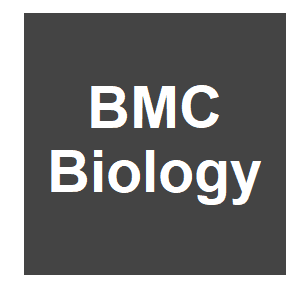Modelling the suppression of a malaria vector using a CRISPR-Cas9 gene drive to reduce female fertility

|
A. R. North, A. Burt and H. C. J. Godfray,
BMC Biology,
18:98.
2020.

 Physical features and vegetation map of Africa. Image Credit: physicalmap.org License: CC BY-SA 4.0 Gene drives based on CRISPR-Cas9 technology are increasingly being considered as tools for reducing the capacity of mosquito populations to transmit malaria, and one of the most promising options is driving endonuclease genes that reduce the fertility of female mosquitoes. In particular, there is much interest in constructs that target the conserved mosquito doublesex (dsx) gene such that the emergence of functional drive-resistant alleles is unlikely. Proof of principle that these constructs can lead to substantial population suppression has been obtained in population cages, and they are being evaluated for use in sub-Saharan Africa. Here, we use simulation modelling to understand the factors affecting the spread of this type of gene drive over a one million-square kilometre area of West Africa containing substantial environmental and social heterogeneity.
More related to this: Vector control with driving Y chromosomes: modelling the evolution of resistance Tuning CRISPR-Cas9 gene grives in Saccharomyces cerevisiae Maintenance of fertility in the face of meiotic drive Meiotic drive at the D(MD) locus and fertility in the mosquito, Aedes aegypti (L)
|



